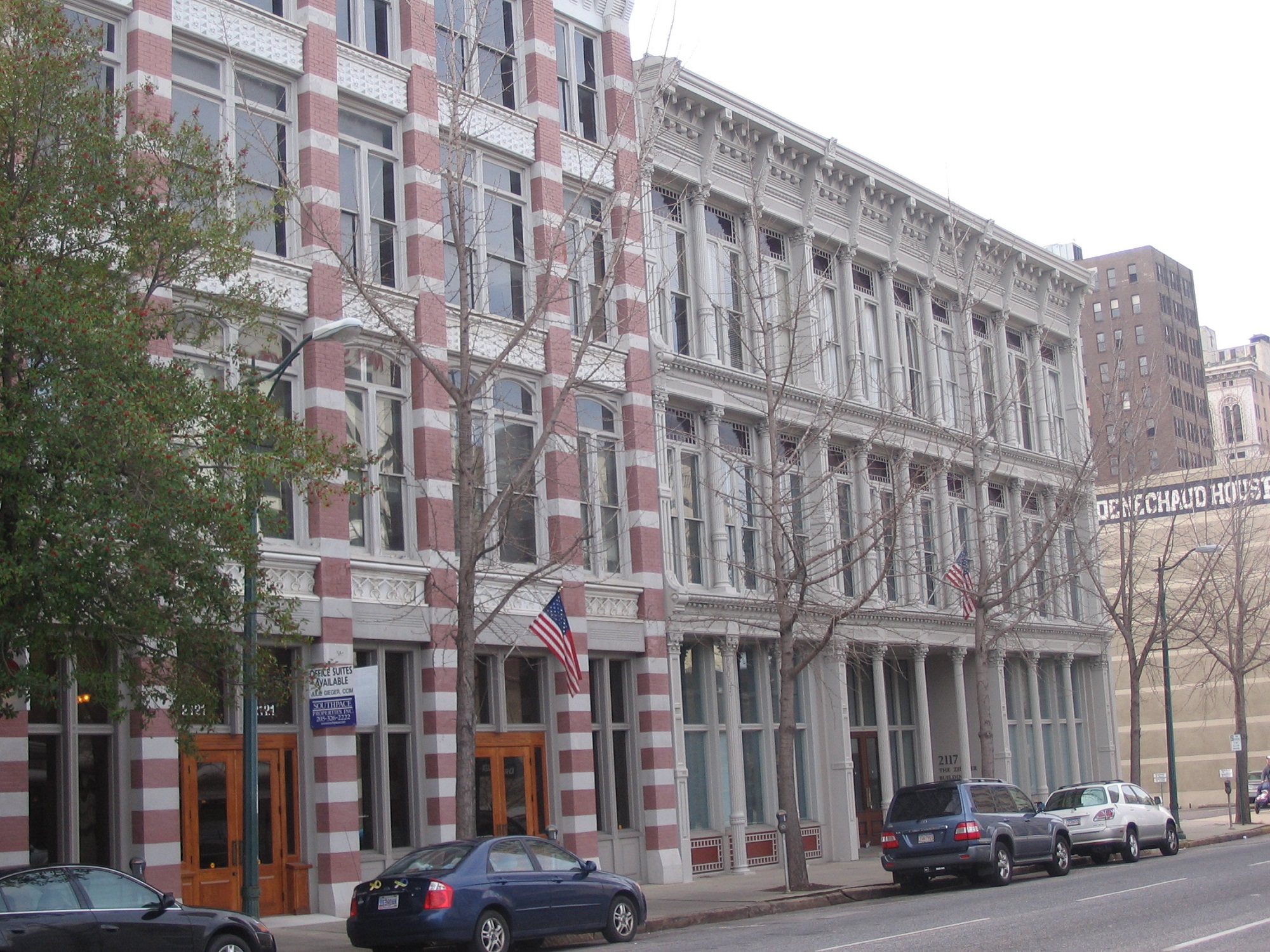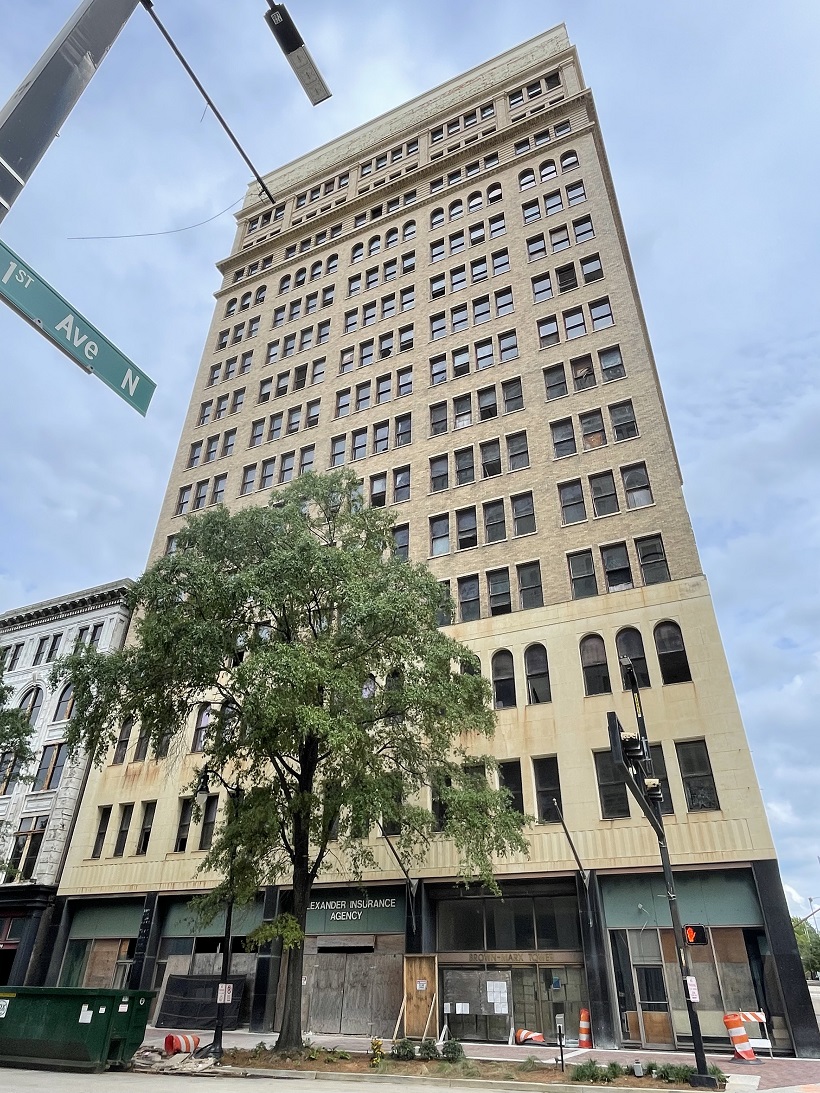
By David Fleming
REV Birmingham President & CEO
“Growth is inevitable and desirable, but the destruction of community character is not. The question is not whether your part of the world is going to change. The question is, how?”
Edward T. McMahon, Charles E. Fraser Chair for Sustainable Development and Environmental Policy at Urban Land Institute
Birmingham celebrated 150 years in 2021, and, as REV’s resident history buff and building hugger, I used that as a convenient reason to impart more than a few history lessons to my team on the blocks and bricks that built our Magic City. Much of the “Birmingham character” that we appreciate and promote today is thanks to the many beautiful historic buildings and homes that still stand. Our concentration of historic structures is unique, and it’s an asset for our entire region’s economic development and growth, as that authenticity attracts people seeking sense of place and quality of life.
Retaining authenticity in our city doesn’t just happen. The creation of the Alabama Historic Tax Credit coupled with public interest in downtown’s revival has led to many Birmingham success stories that you’ve probably heard — the Elyton Hotel, the Kelly Hotel, The Piztiz — and we say #YayBham to those! However, those success stories sometimes mask the losses of historic buildings that we continue to suffer, and I feel it’s my duty (building hugger, remember?) to beat the drum for doing better.
In 2019, the Regional Planning Commission of Greater Birmingham and REV Birmingham commissioned historic preservation consultant David Schneider to evaluate the current state of downtown Birmingham’s historic districts. Ironically, 2019 was the 50th anniversary of the demolition of the grand Terminal Station, Birmingham’s historic train station. His study finds that “the rate at which historic buildings are being demolished or insensitively renovated is alarming.” One downtown historic district has lost nearly one-third of its historic resources to new development.
Recent announcements like Quinlan Castle’s demolition reminds us of the fragile state of much of our historic landscape. And this is not a problem for only downtown Birmingham. Urban neighborhoods are impacted as well and at perhaps a more alarming pace. The past decade has witnessed the loss of historic school buildings that once anchored communities to inappropriate new development, even by community actors who have good intentions but lack the vision to see preservation as a part of revitalization. Many of the historic homes that once made-up historic neighborhoods continue to be lost to neglect, vandalism or demolition eroding the fabric of these communities. Commercial buildings that anchored the “main streets” of many neighborhoods have remained vacant too long and have been torn down, forever changing the character of these places.
There are twin enemies of historic preservation.
- Increased market interest and higher land costs in certain historic districts can lead to pressure to demolish buildings for new construction or inappropriate alterations.
- Conversely, lack of market interest in other areas can lead to “demolition by neglect” or intentional demolition of vacant buildings by the City trying to “help” neighborhoods.
As ULI Chair for Sustainable Development and Birmingham native Edward MacMahon points out in the quote that opens this article, cities will constantly be changing. However, we can guide and direct change to maintain our character and assets. The idea of “progress” should NEVER be made the enemy of maintaining community character through historic preservation. If we come to the place where our progress depends on the destruction of places that represent our story, then we have failed as a community to properly plan our growth.
In my experience as a place-focused economic developer and a historic preservationist, the reason we see historic assets demolished comes down to one thing: lack of desire. We are content for someone who wants to do a preservation project to do so. At the same time, we are willing to allow someone not interested in preservation to talk us into all the reasons they should be allowed to tear something down.
It means that our development community does not see preserving our character as important and fails to learn the skills needed for developing historic buildings properly. It means that our public sector has failed to protect these assets through creating incentives to help and enforcing design regulations that will not allow an excuse for demolition. And it means that we cannot allow historic assets to sit neglected for long periods of time until they deteriorate beyond salvation.
As we enter the next 150 years of Birmingham history, hear this building hugger’s plea: let’s commit to growth that will maintain our community character. Authenticity is a major asset in economic development, and our city is blessed with it! But we won’t be able to claim it in the future if we don’t protect it now.
Related News
-
Safeguarding history, one preservation easement at a time
Filed Under: Developer, Front Page, Historic Preservation, Yaysayers
As longtime preservation advocates, we’re also proud to introduce REV’s own Historic Preservation Easement Program, created to help safeguard Birmingham’s irreplaceable architecture while adding long-term value to development projects involving historic properties.
-
Preservation that pays: How historic tax credits can power a downtown revival
Filed Under: Developer, Downtown Birmingham, Front Page, Historic Preservation
For preservation advocates (or “building huggers,” as we like to call ourselves), historic tax credits are essential. They don’t just help save historic buildings — they support local economies, encourage private investment and breathe new life into spaces that shape the identity of our communities.
-
Date night done right: Romantic outings you’ll fall for in Birmingham
Filed Under: Birmingham Food & Drink, Downtown Birmingham, Family Friendly, Front Page, Residential, Yaysayers
Looking for the perfect way to spend quality time with your special someone? In this guide, we’ve rounded up a variety of Magic City date ideas tailored to different tastes, personalities and interests. So, grab your partner, or even a few friends, and explore some of Birmingham’s best spots for a truly memorable time.






